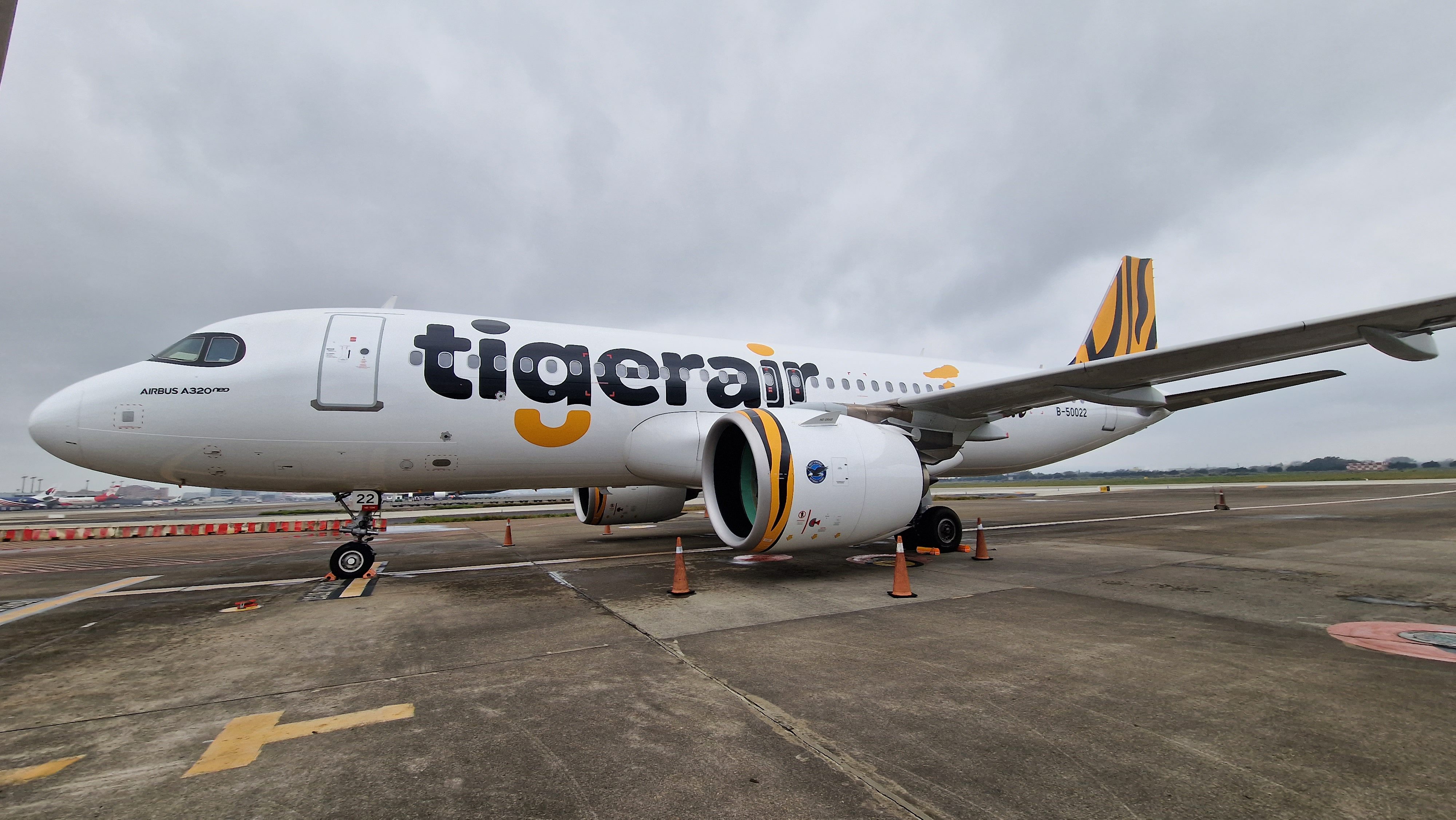With aircraft lease obligations, the awareness of their impact above and beyond airworthiness requirements is of concern as their impact can be costly in both matters of finance and time.
Within a lease agreement there is many different conditions that will be specified for an aircraft lease – they are the interface for the return and lease of the aircraft.
Remember that the lease is concerned more with asset value protection that the primary concern of airworthiness only. The lease is there to protect the asset or investment that the owner has made.
With this in mind, you can appreciate some of the terms and requirements and how they differ from the airworthiness requirements; the aircraft having a certificate of airworthiness does not mean you meet lease return conditions.
We can illustrate this by considering some items that can commonly be termed as specific obligations in the lease or equivalent – these are responsibilities the lessee must be conscious of at the initial lease and constantly maintain throughout the lease period.
The obligations are also why it is important that there is a clause in the lease where the lessee if afforded no obligations for historical records before their lease period – in essence, the lessee will “store” the existing records for the aircraft but maintain no responsibility for their content prior to lease term.
For us to illustrate some obligations we can look at the following two examples of such obligations.
“The correction of any defects in accordance with the recommendations of Manufacturer. All repairs to the Airframe shall be Acceptable Repairs. No DER Repairs shall be incorporated in the Airframe, Engines or Parts other than DER Repairs incorporated in the passenger cabin of the Airframe or Parts in the passenger cabin. Repairs to Engines shall be accomplished in accordance with the Engine Manufacturer’s published manuals. Any deviations to the requirements of the Engine Manufacturer’s published manuals recommended by the Engine Manufacturer which are specific to an Engine (as opposed to all engines of the same type as the Engine) shall require the written approval of Lessor before use with respect to the Engine. Repairs to Parts shall be accomplished in accordance with the Part Manufacturer’s published manuals.”
“Maintain historical records in the English language for all applicable condition-monitored, on-condition, hard time and Life Limited Parts (as required by the Aviation Authority and Compliance Authority), the Flight Hours and Cycles operated by the Aircraft, Engines and Parts and all maintenance and repairs performed on them. In addition, with respect to Engine LLPs, APU LLPs and Landing Gear LLPs, Lessee shall also obtain and/or maintain documentation evidencing complete “back to birth” traceability.”
These are two small paragraphs, but the potential impact in costs is vast if awareness or records are not able to be provided and demonstration of compliance provided.
Follow us on LinkedIn and for more and why not consider one of our courses such as the Aircraft Technical Records Course
